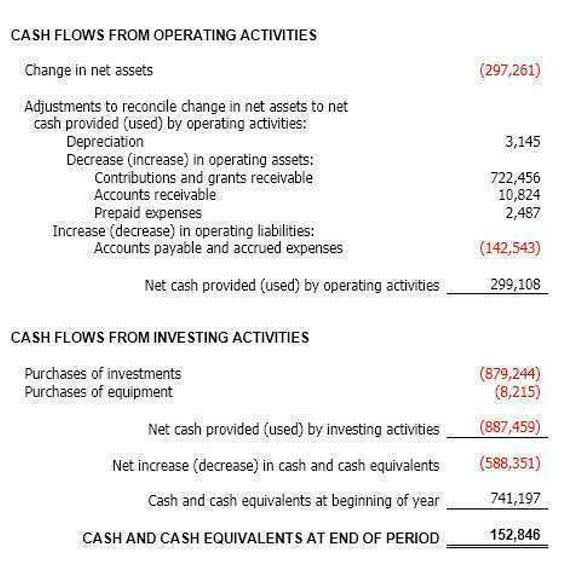
Losses reduce overall profitability and, unlike regular operational expenses, often occur sporadically. It’s important to note that there are several different types of income statements that are created for different reasons. For example, the year-end statement that is prepared annually for stockholders and potential investors doesn’t do much good for management while they are trying to run the company throughout the year.

or Profit and loss statement
If you Bookkeeping for Veterinarians want to know what percentage each line item is of your sales revenue, you need a common size income statement. Unlike the cost of goods sold, general expenses are ‘fixed costs’ that don’t vary with production. Also known as general and administrative expenses, you need to pay them even if you don’t produce anything.
Secondary-Activity Expenses

The income statement also unveils if a company can grow by capitalizing the future opportunities. Companies must assess if deferred tax assets are likely to be realized. If realization is not “more likely than not,” a valuation allowance reduces the https://ayesmak.com/tr/mastering-ebay-bookkeeping-a-step-by-step-guide-on/ asset, impacting tax expense. This assessment involves significant judgment based on historical profitability and future projections.
- For a manufacturer these are expenses outside of the manufacturing function.
- We have discussed the most common business types and how income statement differs in each of the classes.
- The important financial transactions occurring every day are reported and presented in the income statement.
- They are sequenced in a specific way to reveal the net income or loss for a period.
- Non-operating expenditures, often known as other expenses, are the costs incurred to generate non-operating income.
- When the financial statements are issued internally, the management team usually only sees the income statement and balance sheet, since these documents are relatively easy to prepare.
Failing to Record Non-Cash Expenses

Interest expenses are the costs that a company bears for receiving financing. Typically firms receive bank loans and pay interest expenses for the amounts they owe. These denote costs linked to the goods and services offered by a business, such as rent, office, supplies etc.. Sales commission, pension contributions, and payroll account also contribute to OPEX.

- For instance, a company with significant dividend income may have extensive investment holdings, showcasing robust portfolio management.
- Therefore, a manufacturing company must deal with many inventories(raw material, unfinished goods, finished goods), direct labor, and factory overhead costs.
- There are situations where intuition must be exercised to determine the proper driver or assumption to use.
- The profits of manufacturing companies are earned by converting raw materials into finished goods by incurring labor and FOH costs.
- This account is a non-operating or “other” expense for the cost of borrowed money or other credit.
For example, a customer may take goods or services from a company on September 28, which will result in revenue accounted for in September. The customer may be given a 30-day payment window due to their what accounts are found in an income statement excellent credit and reputation, allowing until October 28 to make the payment, which is when the receipts are accounted for. A high ROA means that the company is generating a lot of profits from its assets, while a low ROA indicates that the company could be doing better. The Revenue, Gains, Expenses, and Losses make up the 4 parts of an income statement.
- This means that the cash flow statement will include things like investments and loans, whereas the earnings statement will not.
- This method subtracts all expenses and losses from total revenues and gains.
- The purpose is to allocate the cost to expense in order to comply with the matching principle.
- This article clarifies where Accounts Receivable is located on a company’s financial statements and how it interacts with the Income Statement.
- Proper sorting and deep analysis of what comprises expense accounts, COGS, and operating expenses help businesses manage costs better.
- The income that you generate through the sale of goods or services in a financial year is the sales revenue.